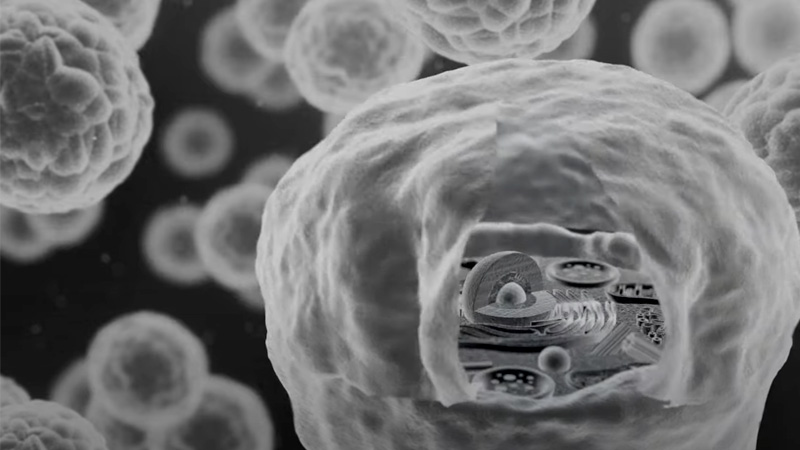Base Editing
What is Base Editing?
Base editing, first reported by David Liu, PhD in 2016, uses a modified version of the CRISPR system to correct mutations in DNA caused by a "typo" in a single nucleotide base. Unlike traditional genome editing techniques like CRISPR-Cas9, which create breaks in the DNA that need to be repaired by the cell's natural repair mechanisms, base editing does not cause double-strand breaks.
Base editing can correct mutations caused by a “typo” in a single nucleotide base. This therapeutic would need to be developed on a mutation by mutation basis.
Base Editing Projects Funded
Guoping Feng, PhD
Massachusetts Institute of Technology (MIT)
Guoping Feng, PhD is a world class investigator who has built an outstanding team tackling Rett syndrome on multiple fronts. While a relative newcomer to Rett syndrome, RSRT funding has enabled him to quickly generate a number of resources required to advance base editing including specialized “humanized” Rett mice. These resources are being freely shared with the broader Rett syndrome scientific community. Dr. Feng and his senior post-doc, Chenjie Shen, PhD, are developing novel base editors with features focused on enhanced safety.

Profluent Bio is a pioneering company using artificial intelligence to design next-generation gene-editing tools. With a $1 million award from RSRT, Profluent is developing compact, tightly controlled adenine base editors that can fit into a single AAV and reach a wider range of Rett mutations.
Their generative AI platform analyzes millions of biological sequences to create synthetic editors optimized for precision, safety, and efficient delivery — directly supporting RSRT’s strategy to move base editing for Rett toward impactful genetic medicines.

Erik Sontheimer, PhD
Jonathan Watts, PhD
Scot Wolfe, PhD
UMASS Chan Medical School
Researchers Erik Sontheimer, PhD, Jonathan Watts, PhD and Scot Wolfe, PhD, are among the world’s leaders in knowledge of RNA chemistry. UMASS has played a historic role in this space for years; in 2006 Dr. Craig Mello, PhD, was awarded the Nobel Prize for his work in RNA silencing.
UMASS, and this group in particular, also have expertise in the now universally used DNA editing machinery CRISPR-Cas9. Dr. Sontheimer co-founded and launched one of the very first CRISPR companies, Intellia.
This powerhouse collaboration brings diverse and synergistic skills attacking editing from multiple directions. Beyond base editing this group is also
advancing prime editing for MECP2 and is also working on non-viral delivery.

Adrian Bird, PhD
University of Edinburgh
RSRT trustee, Adrian Bird, PhD has contributed immensely to Rett research including the discovery of MECP2 in 1992, the first Rett animal model, the landmark reversibility experiment, the discovery of the mini-gene being used in the Taysha gene therapy program and much more. With this project, senior lab member, Jacky Guy, turns her sights on C-terminal deletions (CTDs) in the MECP2 gene which account for 10% of all Rett cases.
In the case of CTD mutations, the MECP2 protein is still able to function, however, the mutations cause the protein to degrade so there isn’t enough available. The Bird lab discovered that the CTD mutations share a specific sequence which can be targeted with a base editor to stabilize the truncated protein. Importantly, a single base editor could be used to treat all patients with CTD mutations.

David Liu, PhD
Broad Institute
David Liu is working on base editing for Rett syndrome through an exciting, NIH-funded, collaboration with Jackson Laboratories. The collaboration leverages an RSRT-funded initiative at Jackson that has generated a number of Rett mouse models with the intent to aid biopharmaceutical companies with their genetic medicine development programs.





